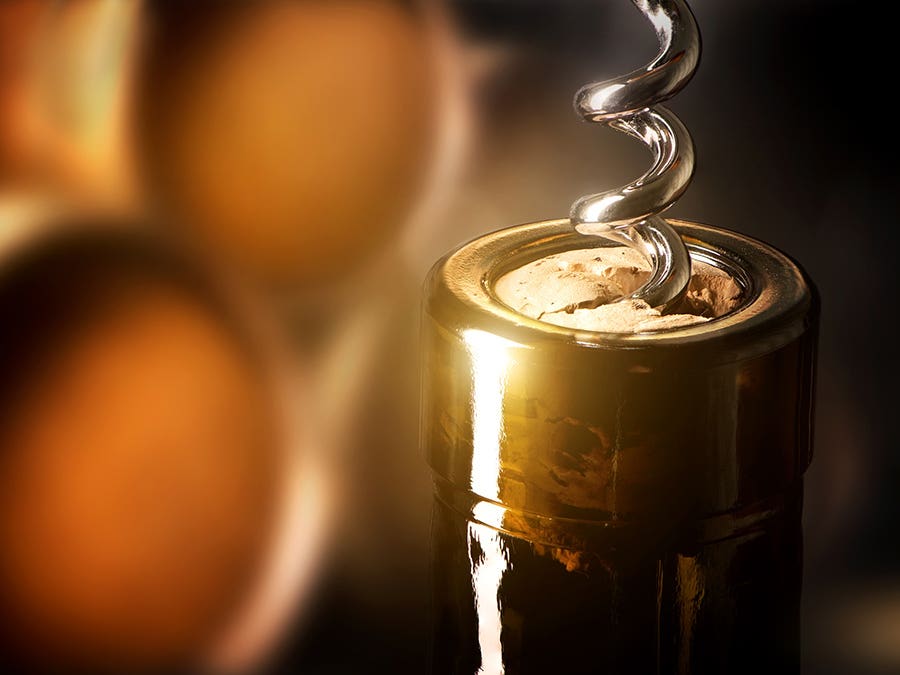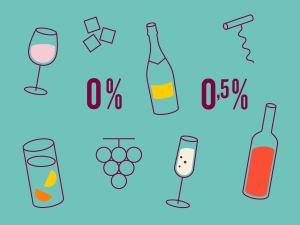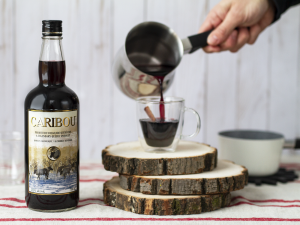The culprit is just that . . . cork. “Corked” wines generally smell like cork, wet cardboard, wet soil or even must; a very unique scent that is rather unpleasant. And although it is customary to smell the cork, be careful not to jump to conclusions too quickly. Some corks that smell questionable may be just fine, while odourless ones may be hiding a wine gone bad. Because of this, it’s imperative that you taste your wine before deciding if it is good or not.
And how exactly does such a defect get transmitted from cork to bottle? It’s not, contrary to what we tend to believe, a question of storage or even price, but rather a problem with the treatment undergone by the cork itself. A defective cork will contaminate the wine and give it that unpleasant odour, no matter what temperature the bottle was stored at. There are different levels of contamination, depending on the corks and the bottles. Some wines will simply be a little duller, a little flatter, while others will give off that undeniably wet cork smell. We don’t all perceive tastes and smell the same way, so it’s perfectly normal for a table of friends to all react differently to a wine’s composition. Just trust your tastes and don’t be shy to voice your opinion, even if your fellow diners don’t agree.
Although approximately 15% of bottles present some symptoms of being corked, the quality control process and cork treatments have greatly evolved, meaning this inconvenience is becoming less and less frequent.
And it’s important to note that this problem is almost always caused by corks. It is very rare that twist-cap bottles or bottles sealed with plastic closures are affected by such issues. However, such bottles might be susceptible to premature oxidation.
If you do fall on a corked bottle, simply return it to your SAQ store and we’ll be happy to exchange it for you. In the meantime, we suggest always having an “in case” bottle of red. That way if you do open a corked bottle, you already have another one ready to go!
Related Posts
-
Read more
Its versatility has made it one of the most popular spirits in the world. Vodka lovers, learn more about its origins, traditions, and possible food and drink pairings.
-
Read more
Start the new year on the right foot with our Top 20 wines taken from four wine guides written by your favourite contributors. Whatever your taste, budget, or occasion, we have a wine for you!
-
Read more
Pop the bubbly and discover the perfect pairings for each taste tag!
 Access to SAQ Inspire personalized services and store inventories are unavailable at the moment.
Access to SAQ Inspire personalized services and store inventories are unavailable at the moment. Free in-store delivery with purchases of $75+ in an estimated 3 to 5 business days.
Free in-store delivery with purchases of $75+ in an estimated 3 to 5 business days. 













